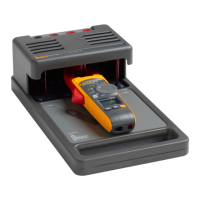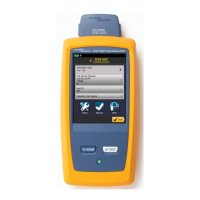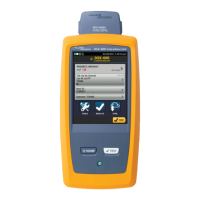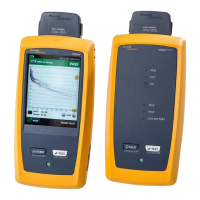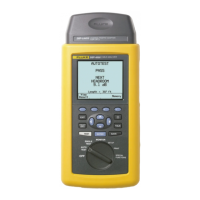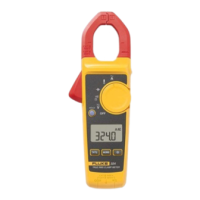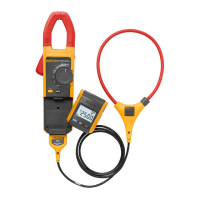Do you have a question about the Fluke C9970 and is the answer not in the manual?
| Brand | Fluke |
|---|---|
| Model | C9970 |
| Category | Measuring Instruments |
| Language | English |
Provides contact details for Fluke Networks support via website, email, and phone.
Details on preventing damage from dropping or severe mechanical stress.
Instructions on handling the detector if it gets wet.
Advice on safely carrying the detector, including tip protection.
Procedure and precautions for replacing the detector's battery.
Description of the temporary bond accessory for grounding.
Steps for properly attaching the temporary bond to ground sources and objects.
Procedure for safely removing the temporary bond after work completion.
Procedure for verifying the Voltage Detector's proper operation before each use.
Procedure to verify sensitivity and insulation after potential stress.
Information on obtaining repair and verification services from authorized centers.
Steps and safety precautions for testing AC hazardous voltages.
Procedure for testing DC voltages and associated grounding requirements.
Procedure to prevent false indications when testing aloft near power lines.
Testing procedures for hazards on mobile homes, buildings, and machinery.
Testing sheath continuity for locating faults or making splices.
Steps for testing and working on damaged pedestals and cable closures.
Identifying and testing electrical hazards at the base of utility poles.
Guidance on avoiding hazards from unsecured objects and dangling wires.
Using a temporary bond to ground fixtures or wires during aloft work.
Treating conductive objects near live AC as potential antennae.
Precautions for working near traffic light wiring, which may energize momentarily.
